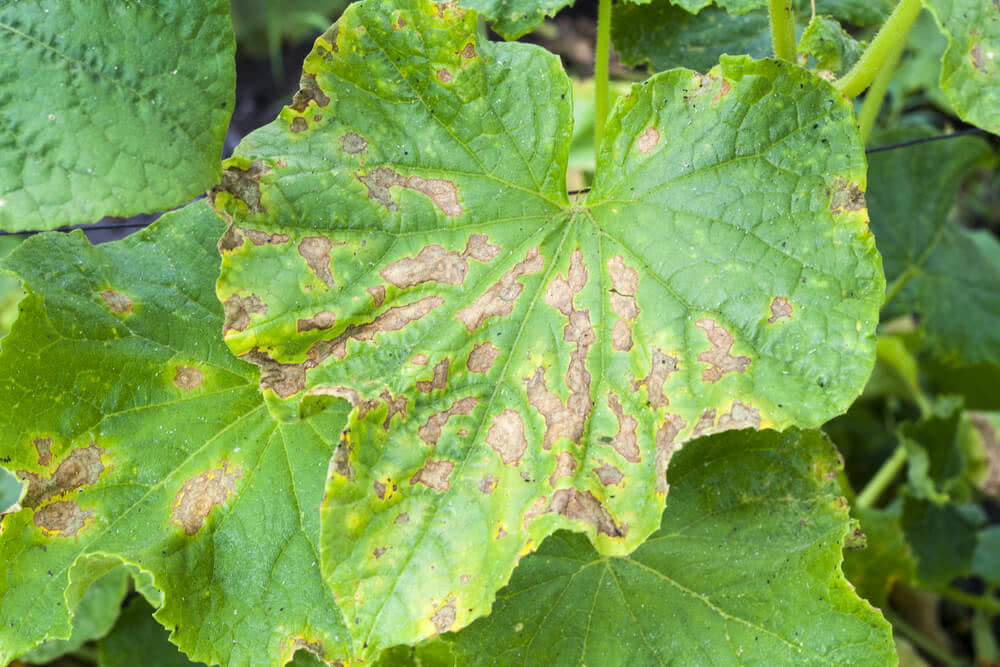This is part II of our series of blogs on plant diseases. Read Part I, ‘Types of plant diseases caused in rainy season’ here.

Following are more plant diseases caused in rainy season:
1. ‘Damping off’ of seedlings:
This disease is caused by fungal organisms which are present in the soil. The seedlings raised in nurseries, especially those with the addition of too much organic manures facilitate the spread of infection. The symptoms are severe when the moisture content of the soil is high. The seedlings germinated after crowded seed sowing appear wilted in groups and they become flaccid within a day or two, and finally, they rot. The disease spreads rapidly if adequate persuasions to control it are not taken.

Damping Off Control:
- Sow the vegetable seeds or flower seeds on a raised seedbed with good drainage.
- Sterilise the soil of seedbed by burning the trash. If this is not feasible, drench with 0.35 % copper oxychloride on noticing the first symptom of wilting.

2. Phytophthora Die-back:
This is a common disease that affects citrus fruits like Mango, Vegetables, Roses and Geraniums. It is caused due to infection by certain fungal organisms at the root region. Sometimes such symptoms are also seen when the roots strike at the rocky subsoil. The symptoms are drying up of the margin of the younger leaves. The drying that appears like burning slowly spreads to young shoots in severe cases.

Phytophthora Treatment:
Prune all the wilted and dry twigs 2 cm to 5 cm (1-2 inch) below the infected region. Apply a thick paste of copper oxychloride at the cut ends.3. Leaf spots:
This disease is prevalent in a large number of fruits, vegetables and ornamental plants. Some fungi, as well as bacteria, cause leaf spots which vary in size, shape, color and the extent of the damage. They indirectly affect the proper formation of fruits and flowers. The leafy vegetables with leaf spots become useless for consumption since they rot quickly. The symptoms vary from pinhead like dark brown isolated irregular spots to large dark brown concentric circles.

Leaf Spot Treatment:
Spray fungicides repeatedly two to three times at fortnightly intervals during the growth period of a plant. Buy fungicides online in India.4. Viral diseases on plants:
There are some important viral diseases affecting vegetables like Lady’s finger, Tomato, Chilli and Brinjal. Severe curling of leaves occurs in leaf curl, whereas complete yellowing of leaf venation takes place in yellow vein mosaic. The growth of the plant with the viral disease remains stunted, and the yield of crops is severely affected.
Viral Diseases Control:
There are no direct remedial measures for the control of viral diseases. However, precautions should be taken to keep away insects which act as carriers of the virus under control by spraying suitable insecticides well before the spread of disease. Once a disease spreads, it is difficult to monitor. It is better to pull out infected plants and destroy them away from the garden. Use virus resistant or tolerant varieties as far as possible.
Lets Ugaoo!












